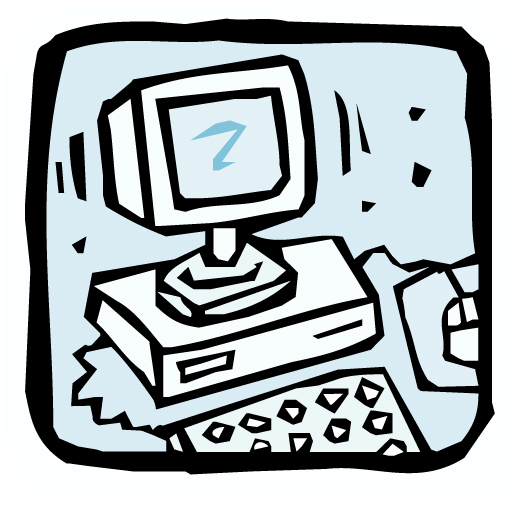 As Robert Samuelson recently wrote in Newsweek, “When something continues for a long time, it’s hard to imagine it ending.” In the personal computer industry, especially, it’s difficult to envision any slowdown in market momentum. After all, between 1989 and 1998, worldwide PC sales in units leapt from an estimated 21 million to 93 million. Roughly during the same time frame, the number of U. S. households owning a computer skyrocketed from 15 percent to 50 percent. Moreover, high-tech corporate equipment purchases doubled from 20 percent of all business investment to 40 percent. In addition to generating an estimated 1 million new jobs in that same decade, the PC boom has inflamed investors’ passion for computer-related stocks to unprecedented heights.
As Robert Samuelson recently wrote in Newsweek, “When something continues for a long time, it’s hard to imagine it ending.” In the personal computer industry, especially, it’s difficult to envision any slowdown in market momentum. After all, between 1989 and 1998, worldwide PC sales in units leapt from an estimated 21 million to 93 million. Roughly during the same time frame, the number of U. S. households owning a computer skyrocketed from 15 percent to 50 percent. Moreover, high-tech corporate equipment purchases doubled from 20 percent of all business investment to 40 percent. In addition to generating an estimated 1 million new jobs in that same decade, the PC boom has inflamed investors’ passion for computer-related stocks to unprecedented heights.
Reaching an Apex?
But evidence that the boom may be approaching its apex is popping up in the U. S. For one thing, business demand for PCs—which drives the market far more than consumer demand does—is weakening. As seasoned computer-industry spectator Fred Hickey notes, “In many businesses, there’s [now] a one-to-one ratio of computers to people. You’ve reached saturation.” Hickey also recently pointed out that “every major PC vendor has now reported lower-than-expected revenues in its latest report.”
In terms of units, American PC sales rose 13, 20, and 19 percent in 1996, 1997, and 1998, respectively— hinting at a possible imminent plateau in selling patterns. According to The Wall Street Journal, top executives at Gateway, Compaq, and Apple have dumped a total of $90 million of personal stock so far this year—possibly indicating industry leaders’ fears about what the future may hold for PC sales. And IBM recently revealed that “its pretax loss on its PC business had jumped from $161 million in 1997 to $992 million in 1998.”
The New-Product Life Cycle
What’s going on? As Samuelson explains (and as all systems thinkers know), new gadgets experience a universal cycle. “Good ones enjoy a manic phase at first—everyone’s got to have one, declining prices expand the market, and performance improvements attract new customers. But ultimately, the market becomes saturated. Everyone’s got one; price declines flatten out; and performance plateaus. This is not death. It’s just different. Industries become ‘mature.’ Increasingly, sales reflect replacement needs and population growth.”
As Samuelson points out, these sales slowdowns don’t necessarily signal the end for the PC industry. The Internet, overseas business, and exciting new ancillary products may continue to pump life into it. However, those most invested in the PC industry would do well to heed the simple maxim “Nothing grows forever.” The real question is: What can be done to anticipate those limits before they hit?
YOUR WORKOUT CHALLENGE
Receive a Free Audiotape!
Please send your responses by September 24. Those whose responses are published will receive an organizational learning audiotape from a previous Pegasus conference—free!
